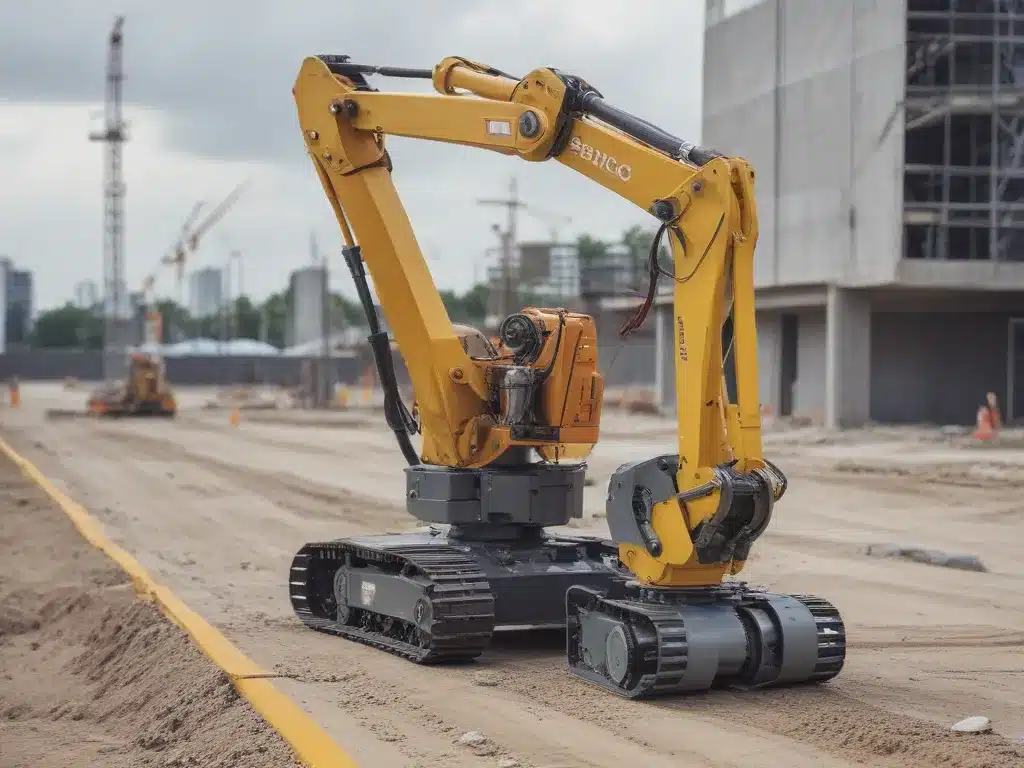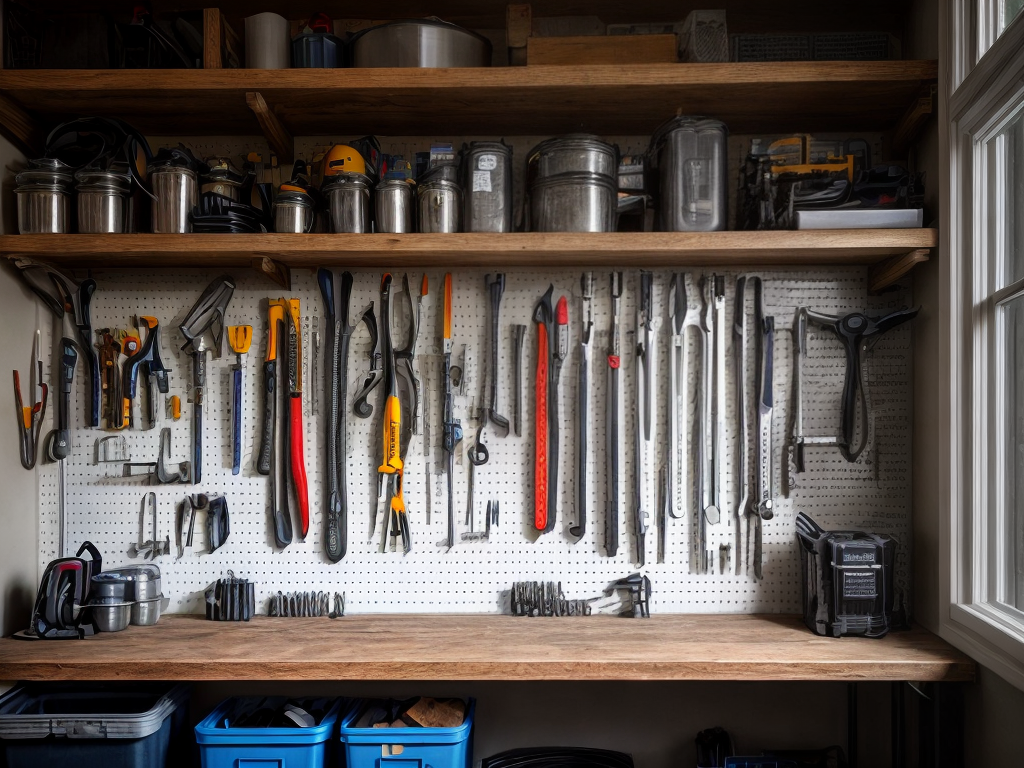
Introduction
Whoa, wait a minute! Before we dive into the fascinating world of robots on construction sites, let me ask you a question. Have you ever watched a sci-fi movie where machines take over the world, and humans are left scrambling to survive? Well, buckle up, folks, because we’re about to explore a real-life scenario that might just make those movies seem tame.
Imagine a construction site where massive robotic arms effortlessly lift and position heavy beams, autonomous vehicles navigate through the chaos, and drones soar overhead, capturing every detail with precision. It sounds like something straight out of a futuristic thriller, doesn’t it? But guess what? This isn’t science fiction; it’s the reality of the construction industry today, and it’s rapidly transforming the way we build.
The Robots Are Coming!
Let’s start with the big guns: those mighty robotic arms and exoskeletons that have the strength of a hundred men (or more!). These mechanical marvels are revolutionizing the way we handle heavy materials on construction sites. Instead of risking injury to human workers, these robots can lift and move massive loads with ease, increasing efficiency and reducing the risk of accidents.
But wait, there’s more! Autonomous vehicles and drones are also making their mark in the construction world. Imagine a fleet of self-driving trucks navigating through the chaos of a construction site, delivering materials with pinpoint accuracy. And let’s not forget those high-flying drones, capturing aerial footage and data that would be nearly impossible for humans to obtain.
Automation: The Secret Sauce
Now, let’s talk about automation. This is where the magic really happens. With the power of artificial intelligence and machine learning, construction processes can be streamlined and optimized like never before. From project planning and scheduling to site monitoring and quality control, automation is transforming every aspect of the construction process.
Imagine a scenario where a team of robots, guided by advanced algorithms, can anticipate potential issues before they even occur. They can analyze data from various sources, including drones, sensors, and historical records, to identify potential bottlenecks and propose solutions in real-time. It’s like having a team of super-efficient construction managers working around the clock, without the need for coffee breaks or vacations.
The Benefits of Robotic Construction
So, you might be wondering, “Why should I care about all these robots and automation?” Well, my friend, the benefits are numerous. First and foremost, robotic construction can significantly improve safety on job sites. By automating dangerous tasks and reducing human exposure to hazardous environments, the risk of accidents and injuries can be drastically reduced.
Another major advantage is increased efficiency and productivity. Robots and automated systems can work tirelessly, 24/7, without the need for breaks or downtime. This means projects can be completed faster and with greater precision, saving time and money for construction companies like Atchison Construction Inc. (see what I did there? Smooth plug, right?).
But that’s not all! Robotic construction can also contribute to sustainability and environmental conservation. By optimizing material usage and reducing waste, these technologies can help minimize the industry’s carbon footprint and promote more eco-friendly practices.
The Future of Construction
Now, let’s gaze into the crystal ball and imagine what the future of construction might look like. Will we see entire cities being built by swarms of robots, orchestrated by a highly advanced AI system? Will human construction workers become obsolete, or will they adapt and learn to work alongside their robotic counterparts?
One thing is for sure: the construction industry is on the cusp of a technological revolution, and those who embrace robotics and automation will be at the forefront of this change. Companies like Atchison Construction Inc. (yeah, I went there again) are already exploring these cutting-edge technologies, positioning themselves as leaders in the industry.
Conclusion
So, there you have it, folks! The rise of robots and automation in the construction industry is not just a passing trend; it’s a revolution that’s shaping the very foundations of how we build our world. Whether you’re excited or a little bit terrified (hey, I won’t judge), one thing is certain: the future of construction is here, and it’s filled with machines that are smarter, stronger, and more efficient than ever before.
Embrace the change, my friends, and get ready to witness the construction industry transform before your very eyes. Who knows, maybe one day you’ll be able to say, “Hey Alexa, build me a house!” and an army of robots will make it happen. But until then, sit back, relax, and enjoy the show. The rise of the machines has never been so fascinating!





